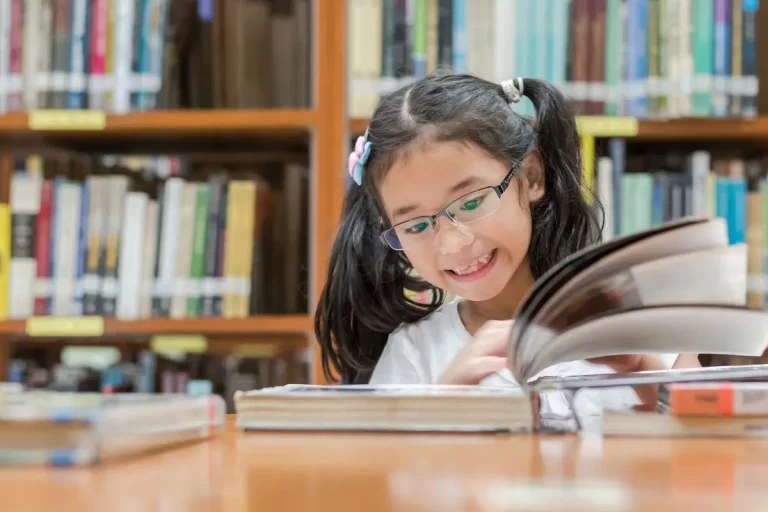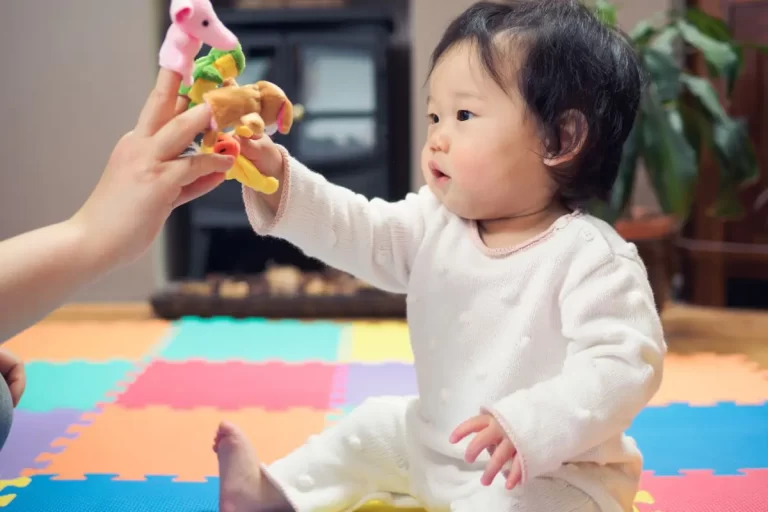Building a Positive Language Learning Environment
Creating a positive language learning environment is more than just setting up a classroom; it’s about fostering an atmosphere where language acquisition becomes a joyful journey. Let’s explore key strategies to build a positive space for language learning.
The Foundation: Welcoming Atmosphere
A warm greeting at the start of each session can be the key to unlocking a positive and welcoming atmosphere. Students should feel acknowledged and valued from the moment they step into the learning space. Moreover, the physical arrangement of the classroom plays a crucial role—ensuring inclusivity and comfort is paramount to fostering a sense of belonging.
- Warm Greetings: Begin each session with a warm greeting. A simple “hello” can set the tone for a positive and welcoming environment.
- Inclusive Classroom Design: Arrange the physical space to be inclusive and inviting. Ensure everyone feels comfortable and valued, creating a sense of belonging.
Energising Language Lessons
The heartbeat of a positive language learning environment lies in the dynamism of lessons. Incorporating interactive activities adds a layer of engagement that keeps students invested. Be it through group discussions, games, or collaborative projects, active participation not only makes learning enjoyable but also reinforces the idea that language acquisition is an exciting adventure. Furthermore, employing varied teaching methods caters to diverse learning styles, creating an inclusive and positive attitude toward the learning process. Did I forget to mention it also develops teamwork!
- Interactive Activities: Incorporate interactive activities that engage students. Whether it’s group discussions, games, art, or collaborative projects, active participation fuels a positive learning environment.
- Varied Teaching Methods: Use a variety of teaching methods to cater to diverse learning styles. This inclusivity fosters a positive attitude toward learning as students discover what works best for them.
Encouraging Communication
Open dialogue is the cornerstone of a positive language learning environment. Students should feel encouraged to express their thoughts, ask questions, and share ideas without hesitation. This fosters a culture of respect and understanding, creating a space where language becomes a tool for effective communication. Immersing students in everyday conversations and activities ensures that the language is not just taught but lived.
- Open Dialogue: Foster open communication. Encourage students to express their thoughts, ask questions, and share ideas without fear of judgment. This openness nurtures a culture of respect and understanding.
- Language Immersion: Create an environment where the language is not just taught but lived. Incorporate everyday conversations, discussions, and activities that naturally immerse students in the language.
Celebrating Progress and Achievements
Recognition and praise act as powerful motivators in a positive language learning environment. Acknowledging students’ efforts and achievements, no matter how small, boosts their confidence and encourages active participation. Furthermore, celebrating language milestones collectively reinforces the idea that progress is a shared success, creating a supportive community that celebrates each other’s journey.
- Recognition and Praise: Recognize and praise efforts and achievements. Positive reinforcement boosts confidence and motivates students to actively participate in the learning process.
- Progress Celebrations: Celebrate language milestones and progress collectively. This not only acknowledges individual achievements but also fosters a supportive community.
Nurturing a Supportive Community
Peer collaboration is a valuable aspect of creating a positive language learning community. Encouraging students to work together, share experiences, and support one another fosters a sense of camaraderie. Additionally, embracing cultural diversity within the classroom enriches the learning experience, creating an environment where everyone’s background is acknowledged and respected. This inclusivity contributes to a supportive and inclusive community.
- Peer Collaboration: Encourage peer collaboration and support. Learning a language becomes more enjoyable when students work together, share experiences, and help each other navigate challenges.
- Cultural Inclusivity: Embrace cultural diversity within the classroom. Incorporate aspects of different cultures into lessons, fostering an environment where everyone’s background is acknowledged and respected.
Flexibility and Adaptability
Flexibility is the key to adapting to the unique needs of learners. Recognizing that each student may have a distinct pace and learning style allows educators to tailor their approach accordingly. Being responsive to feedback and willing to adjust teaching methods based on evolving needs ensures that the learning environment remains dynamic and responsive.
- Flexible Learning Approaches: Be flexible in adapting to the needs of the learners. Recognize that each student may have a unique pace and learning style, and tailor the approach accordingly.
- Responsive Teaching: Respond to feedback and be willing to adjust teaching methods based on the evolving needs of the students. This adaptability contributes to a positive and dynamic learning environment.
Conclusion
Building a positive language learning environment goes beyond teaching grammar and vocabulary. It’s about creating a space where students feel empowered, supported, and excited to embrace a new language. By focusing on warmth, engagement, communication, celebration, community, and adaptability, educators can lay the foundation for a positive language learning experience. Here’s to fostering an environment where language acquisition becomes not just a skill but a joyful adventure! 🌐📚






